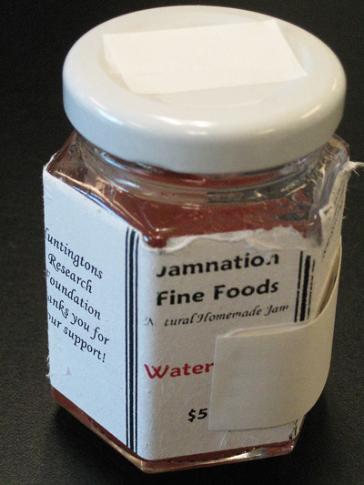That’s what I told my friend Matt Shipman who interviewed me last week for an N.C. State website feature.
As farmers’ markets across North America fill up with bounties from local (and sometimes not so local) fields and backyard gardens produce more beans and tomatoes than folks can eat over a couple of meals, canning veterans and N00bs are getting out their jars and pressure canners.

Canning is a great way to keep foods for a while (and not take up fridge or freezer space) but if done incorrectly can lead to serious consequences. Earlier this year a botulinum toxin-linked illness was linked to home canned watermelon jelly sold as a fundraiser. A death and 4 illnesses (resulting in paralysis and months of recovery) connected to improperly processed green beans occurred in WA and OH over the past couple of years. In 1977, 59 patrons of a restaurant ended up with botulism after kitchen staff filled jars with cooked peppers and sealed them without processing.
Canning, If done wrong, can kill you.
From Matt’s piece:
“Interest in home food preservation is definitely increasing,” says Dr. Ben Chapman, an assistant professor of family and consumer sciences and extension food safety specialist at NC State. “North Carolina Cooperative Extension, which is run by NC State and North Carolina A&T in partnership with the counties, is the primary source for education and training in this area. We’ve fielded well over 5,000 inquiries in the past couple of years, and we’re always being asked to hold more workshops on canning and related preservation techniques.”
Part of the interest in food preservation stems from pop culture’s increasing focus on all things food-related, as evidenced by the rise in everything from celebrity chefs to cooking-oriented reality television. Another factor is economics. People often view canning as a cost-effective way to stock the pantry – particularly if they’re growing their own fruits and vegetables.
One key to safe canning, according to Chapman, is to use tested recipes – don’t wing it. “Unless it’s a recipe that has been scientifically tested and shown to be safe, you are putting your health at risk,” Chapman says.
The sources I trust are the NCHFP, the Ball Blue Book and USDA’s Complete Guide to Home Canning. Most Cooperative Extension-based recipes across the U.S. come from one of these three sources.
